Private Spaceflight in 2023
The last couple years have seen huge progress in opportunities for private citizens to fly to space, with three new vehicles flying for the first time. Some have continued to progress well, others have stalled. Below I take a closer look at what 2023 has in store.
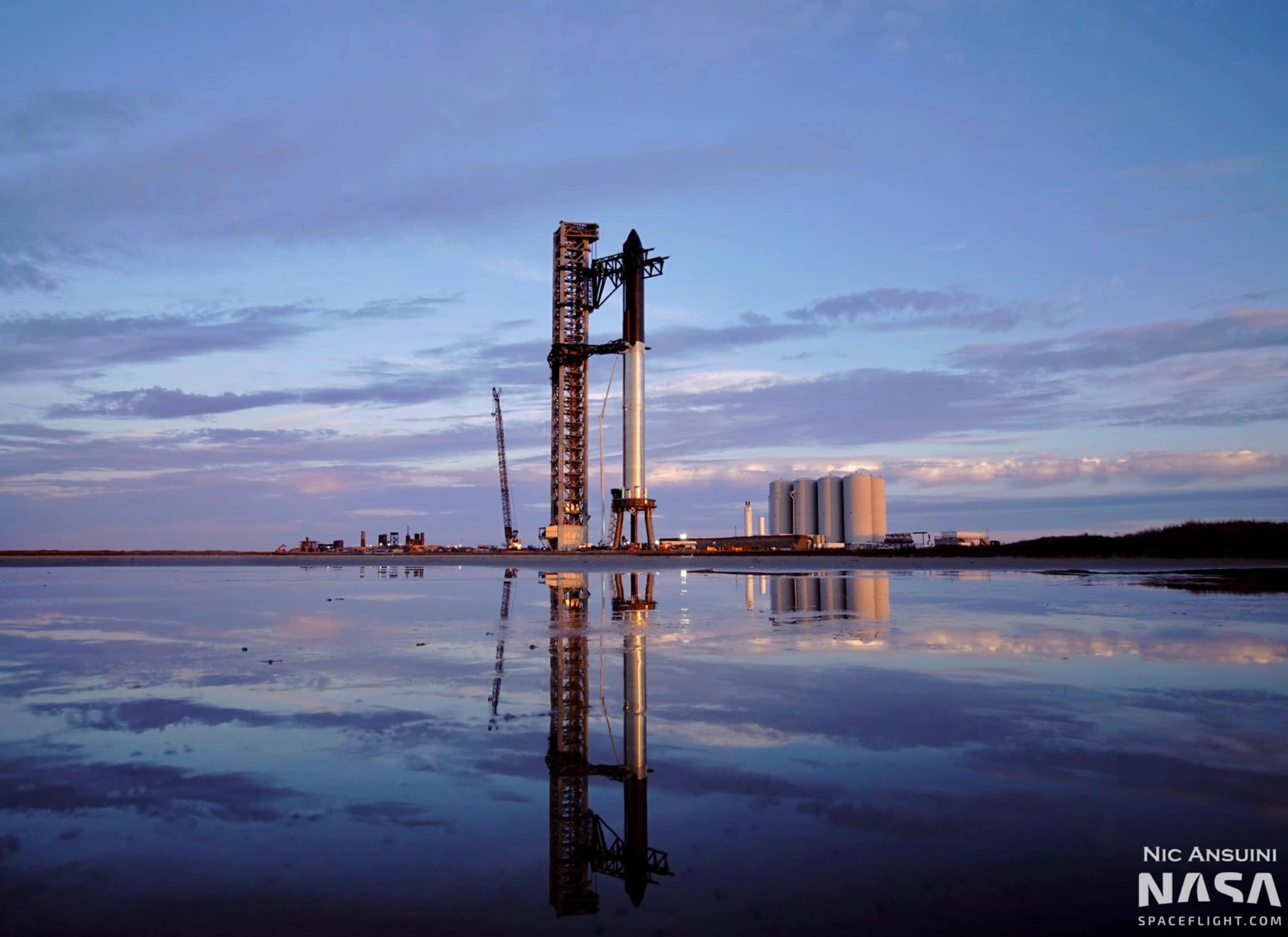
SpaceX Starship on the test stand at Starbase. Credit: Nik Ansuini
SpaceX
A major Starship test and two private Dragon flights
In the next few weeks we should see the first orbital launch of SpaceX’s massive new Starship vehicle. They recently completed a firing of 31 of the 33 engines at the same time. It was quite a sight. Once they receive the go ahead from the FAA, they will attempt to launch this gigantic rocket into Earth orbit. Starship is planned to not only launch payload into space, but also humans, with Space Adventures’ orbital spaceflight client Yusaku Maezawa awaiting his DearMoon flight around the Moon, and Jared Isaacman slated to fly to low-Earth orbit on the third Polaris mission (see more below).
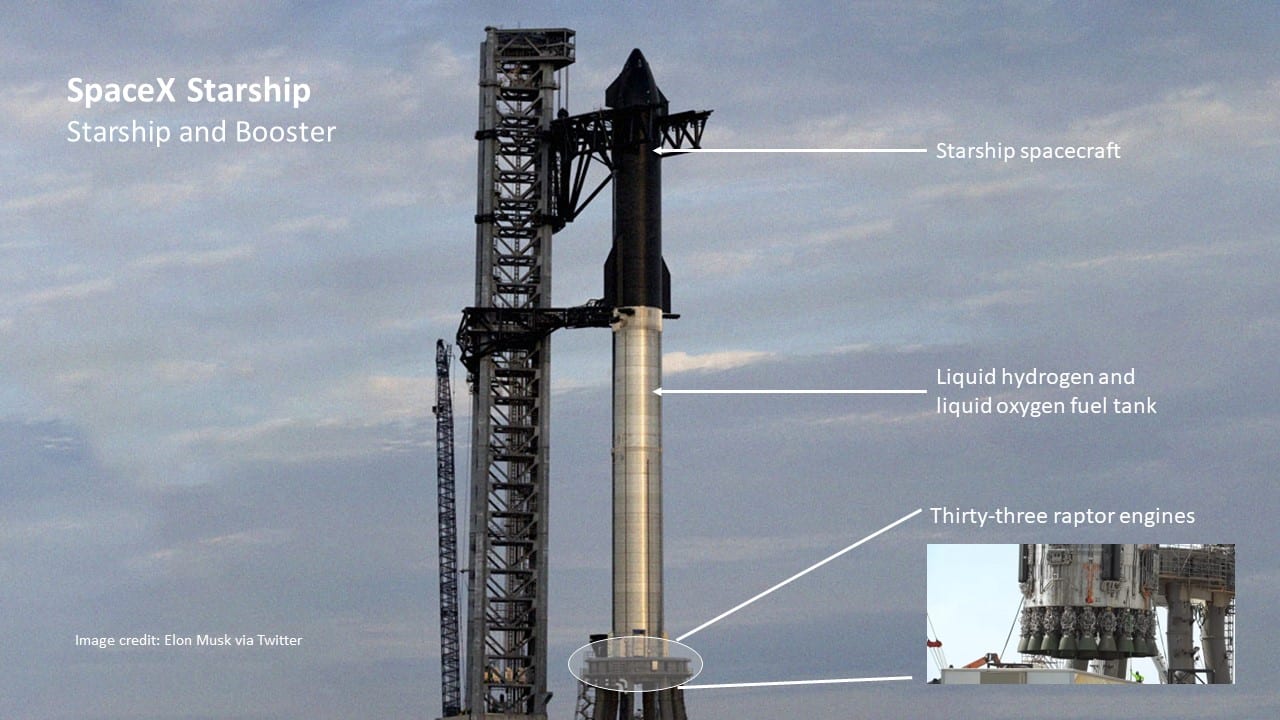
The SpaceX Starship and Booster. Image Credit: Elon Musk on Twitter (annotations by Space Adventures)
SpaceX also operate the most reliable human spacecraft currently on the market, the Dragon. This year should see a couple different missions with private citizens on board. First is the Axiom AX-2 mission, really a private citizen / government astronaut mixed flight. Scheduled for May the flight will carry four astronauts to the International Space Station for a 10 day stay – one fare-paying private citizen, two professional Saudi astronauts and one Axiom professional astronaut who will serve as an in orbit guide.
Then later in the summer we should see the Polaris Dawn mission. After the Inspiration4 mission in September 2021, billionaire Jared Isaacman announced the Polaris Program. The first mission – Polaris Dawn – will fly to low-Earth orbit (but not to the ISS) and has the ambitious goal of opening the spacecraft door and allowing at least one crew member to complete a spacewalk.
Boeing Starliner
Human flight debut coming soon
Space Adventures’ partner Boeing are set to overcome a series of mishaps and delays by completing the human flight debut for their Starliner spacecraft with a 60 day launch window opening in April. Starliner completed a successful mission to the ISS last year without people, and this time will carry two NASA astronauts for a 10 day stay. If successful, Starliner will enter regular service to the ISS next year.
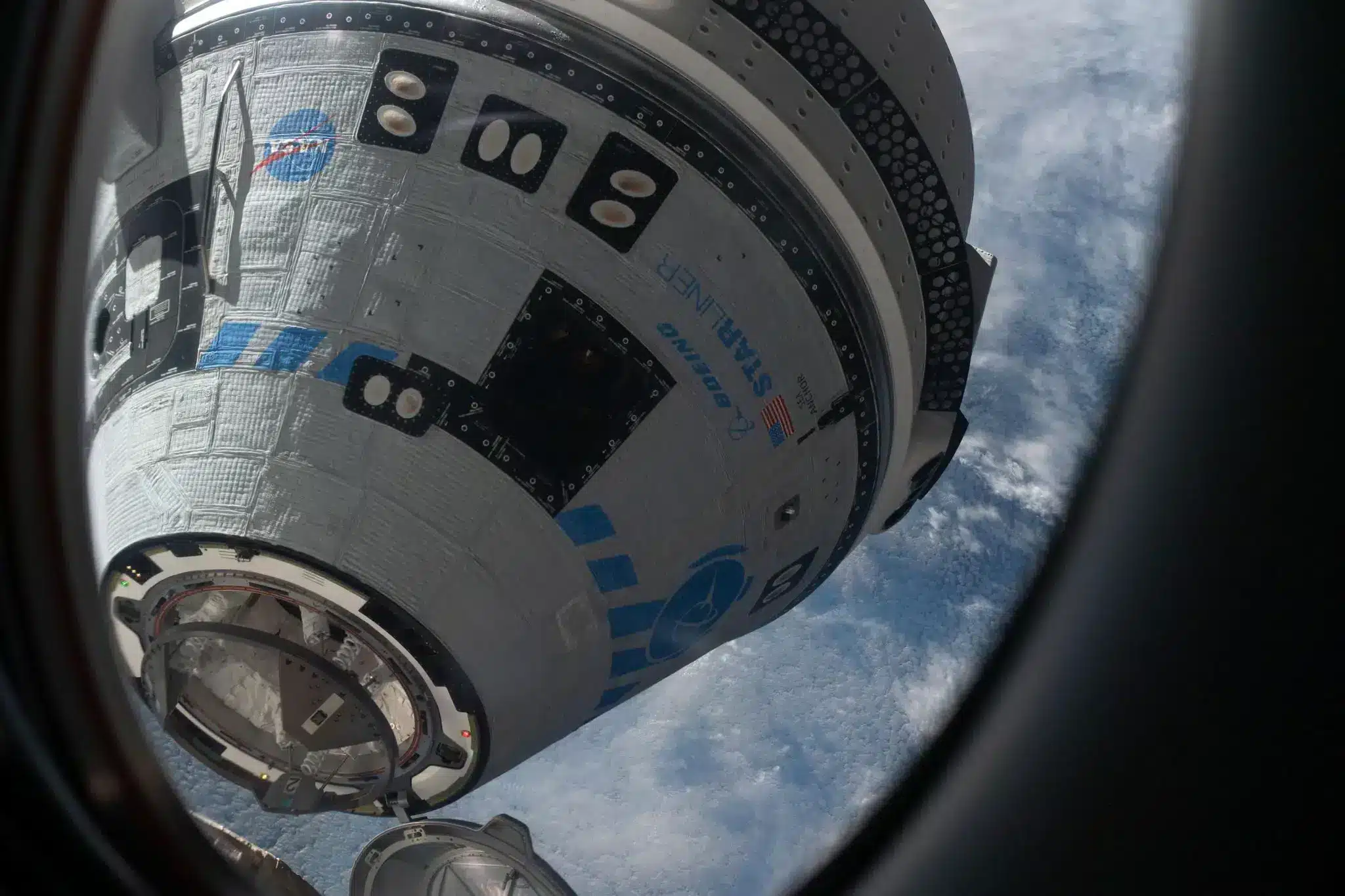
Boeing Starliner docking with the ISS in May 2022. Image credit: NASA
Blue Origin
Grounded
Blue Origin had been in a nice cadence of launch completing six suborbital flights with humans (to ~100km) between July 2021 and August 2022, before an un-crewed research flight (carrying science payload) experienced an engine failure on September 12, 2022. Blue are still investigating what happened, and have not published a schedule for when they will return to flight either with or without humans.
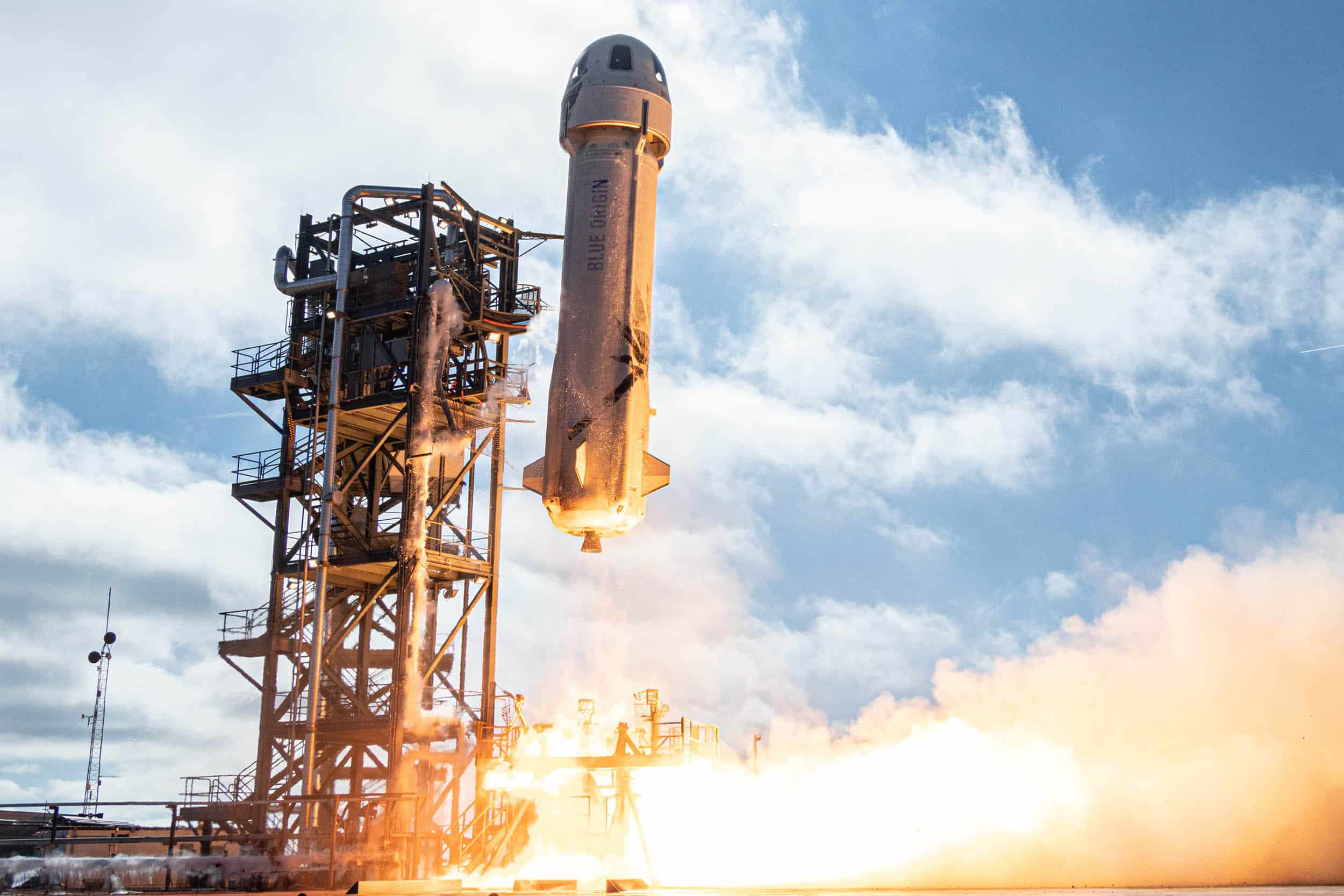
Blue Origin New Shepard Rocket Launch. Credit: Blue Origin
Virgin Galactic
Return to flight soon
Virgin Galactic’s last and only suborbital flight was completed to much fanfare in summer of 2021, but since then their vehicle has been grounded while they completed a series of upgrades to mother ship Eve. They are now back in pre-flight testing with the goal of returning to human flight in Q2 of this year. The flight will not include fare-paying passengers, but instead will have company employees on board.
High altitude balloons
An experience worth keeping an eye on.
A new addition to the human space experience options, and I think worthy of a mention for the first time is high-altitude balloon flights. These flights are designed to carry a group of 6-8 passengers to 30 km above Earth’s surface for a multi-hour cruise, all for a 5 or 6 figures price tag. There are three companies WorldView, Space Perspective and Halo Space making steady progress. While we don’t expect any of them to carry people this year, they are getting close, and it’s worth keeping an eye on.
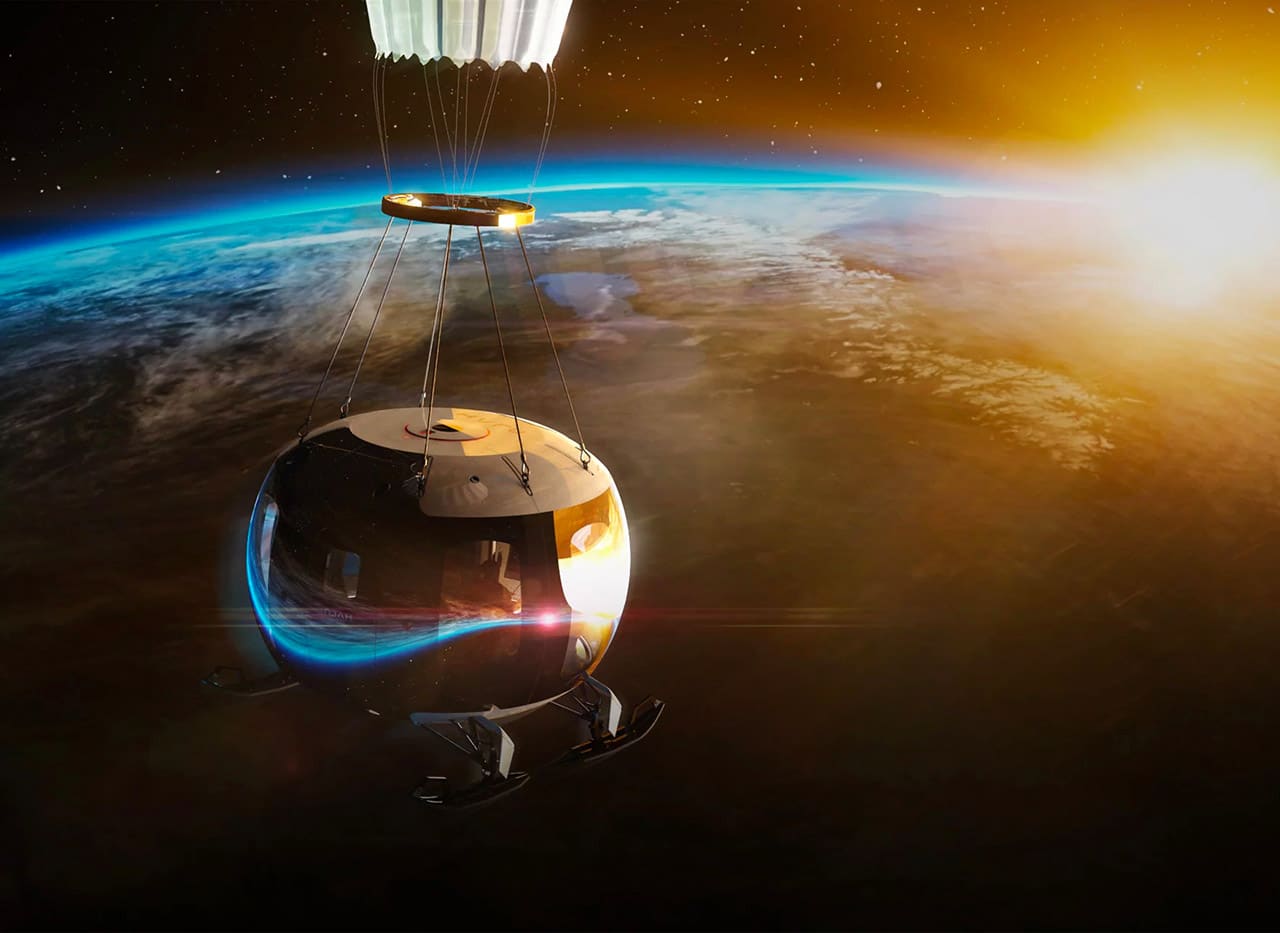
Credit: Halo Space
Toilets in space
A new milestone
Credit to Dr Pamela Gay on Twitter for identifying a new metric of the progress of human presence in space – how many toilets are in space! In March we reached the milestone of eleven toilets in space at the same time:
- 4 on the ISS;
- 2 on Chinese Tiangong space station;
- 1 on Shenzhou 14;
- 1 on Soyuz MS 22;
- 1 on Soyuz MS 23;
- 1 on Crew Dragon Freedom and
- 1 on Crew Dragon Endeavour.
Progress indeed!

